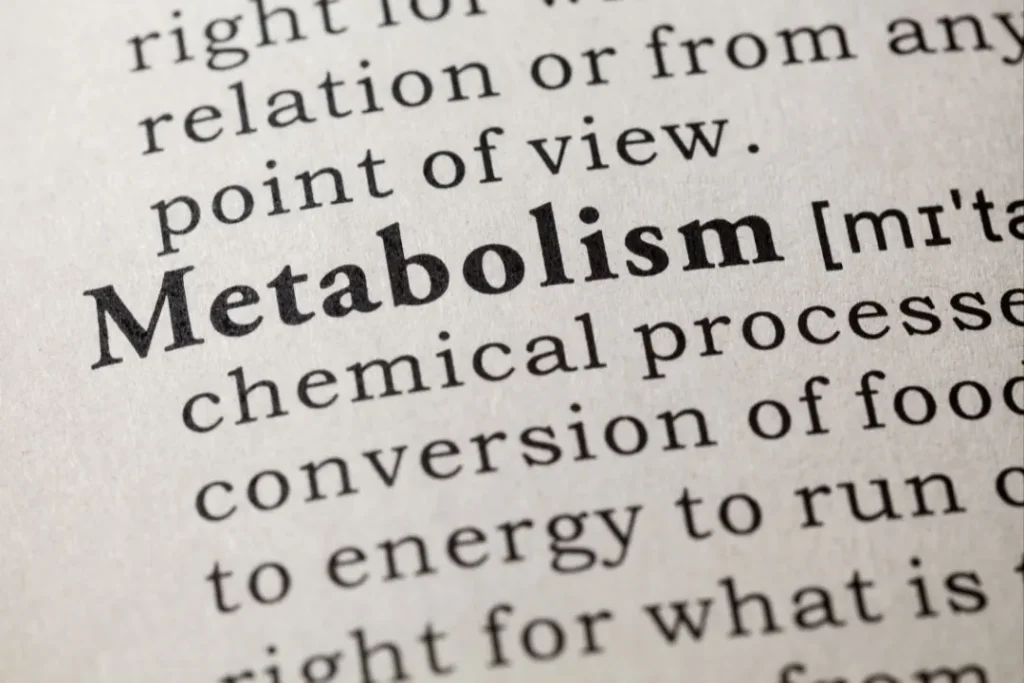Diacylglycerol (DAG) occupies an intriguing place in the biochemistry of people. It functions as both an essential intermediary in the metabolism of lipids and a commercial product that is promoted for its possible health advantages. For individuals interested in learning more about the intricate workings of metabolic pathways and discovering fresh approaches to health and wellbeing, this adaptable molecule offers a fascinating possibility. This in-depth analysis explores the properties of diacylglycerol, its health advantages, the best dosage, any possible interactions and adverse effects, and the responsible use of this dietary supplement.
You May Also Like:
What Are the Best Mushrooms for Brain Health? Here Are the Facts.
5 Things to Consider When Choosing the Best Mushrooms for Mental Health
Diacylglycerol: Benefits, Dosage, Side Effects, Drug Interactions, and Other Important Information is an original (NootropicsPlanet) article.
Nature of Diacylglycerol
An integral form of lipid, diacylglycerol is a glycerol molecule that has been esterified to two fatty acids. It may either be ingested directly from the diet or generated in the body as part of the triglyceride and phospholipid metabolism. Because of its structure, it may interact with different proteins and enzymes in the body to influence different metabolic processes.

Health Benefits of Diacylglycerol
DAG’s part in lipid metabolism is primarily responsible for its health advantages:
- Weight management: The body processes DAG and triglycerides differently. Instead of being stored, it preferentially goes via beta-oxidation, a metabolic process that burns fat for energy. DAG is therefore an effective strategy for managing weight and preventing obesity.
- Improved Lipid Profile: According to research, DAG may help reduce levels of low-density lipoprotein (LDL), often known as “bad” cholesterol, while raising levels of high-density lipoprotein (HDL), or “good” cholesterol.
- Blood Sugar Control: According to some studies, DAG may enhance insulin sensitivity, which may be advantageous for people with type 2 diabetes or those at risk of developing it.

Chemistry of Diacylglycerol
Diacylglycerol (DAG) is a simple lipid molecule made up of two fatty acid chains connected by ester bonds to a glycerol backbone. The length and degree of saturation of the fatty acid chains can vary, resulting in a wide range of DAG species with marginally different characteristics.
DAG is an amphiphilic molecule having both hydrophobic (the fatty acid chains) and hydrophilic (the glycerol backbone) components because the last third of the glycerol molecule is not esterified, resulting in a hydroxyl group that is polar.
Physiological Mechanisms of Action of Diacylglycerol
DAG serves as a crucial metabolic intermediary in the production and decomposition of triglycerides and glycerophospholipids, the essential components of cell membranes. Depending on the body’s metabolic requirements, DAG can either be produced or consumed in these processes.
Protein kinase C (PKC), a family of enzymes involved in regulating the activity of other proteins through the phosphorylation process, is likewise effectively activated by DAG. PKC controls a number of important cellular functions, including differentiation, death, and proliferation.
- Energy Metabolism: DAG is primarily directed towards oxidation in the liver, unlike triglycerides. This indicates possible advantages for weight control since it means that instead of being stored as body fat, it is broken down for energy generation.
- Lipid Regulation: The unique metabolism of DAG affects blood lipid levels. It may improve the overall cholesterol balance by reducing the levels of low-density lipoprotein (LDL) cholesterol and raising the levels of high-density lipoprotein (HDL) cholesterol by increasing the beta-oxidation pathway.
- Control of glucose: DAG’s impact on lipid metabolism may also indirectly influence glucose metabolism. DAG may increase insulin sensitivity by lowering body weight and enhancing lipid profiles, which may be advantageous for those with type 2 diabetes or at risk for it.

Optimal Dosage of Diacylglycerol
The ideal DAG dose may vary according to a person’s age, metabolic health, and health objectives. Daily dosages between 1.5 and 8 grams have been investigated in clinical studies; larger doses are often linked with stronger effects on controlling cholesterol and body weight. As with any dietary supplement, it is advised to begin with the lowest effective dose and increase or decrease it as needed while working under the direction of a healthcare practitioner.

Side Effects of Diacylglycerol
DAG typically has minimal documented adverse effects and is well tolerated. However, some people maydevelop minor symptoms such as stomach pain, bloating, acne, headaches, diarrhea, or nausea, especially when taking large dosages or when first starting a supplement regimen.
Potential Substance Interactions with Diacylglycerol
There aren’t any well-established interactions between DAG and other compounds at the moment. But given that DAG plays a part in lipid metabolism, it’s possible that it may interact with pharmaceuticals like statins or other cholesterol-lowering agents with an impact on this process.
As usual, speaking with a healthcare provider before beginning a new supplement regimen is advised.
Best Responsible Uses of Diacylglycerol
Although the possible health advantages of DAG are intriguing, it’s critical to keep in mind that this supplement is not a cure-all. It takes a balanced approach to achieve and maintain excellent health, which includes eating a decent diet, frequently exercising, getting enough sleep, and managing stress.
Within this comprehensive framework, DAG can be a helpful tool, but it shouldn’t take the place of these fundamental health behaviors. To guarantee its purity and safety, it is also essential to make sure that any DAG eaten comes from reliable producers.DAG is a special chemical with important health consequences.
Its effectiveness as a nutritional supplement is further enhanced by its specific metabolic route, which works in concert with its proven ability to help with weight management and enhance lipid profiles. We will be better able to use DAG’s potential to promote health and wellbeing as our comprehension of its impacts and mechanisms of action continues to grow.
Diacylglycerol:
Conclusion
Diacylglycerol offers a unique opportunity for individuals interested in delving into the intricate workings of metabolic pathways and exploring new approaches to health and well-being.
With its ability to influence weight management, improve lipid profiles, and potentially enhance blood sugar control, DAG holds promise as a dietary supplement.
However, it is important to remember that DAG is not a magic solution and should be used responsibly alongside a balanced lifestyle encompassing proper nutrition, regular exercise, sufficient sleep, and stress management. By understanding DAG’s mechanisms of action and using it within a comprehensive health framework, you can extract its potential to promote optimal health and wellness in your daily life.
References:
- DAG tales: the multiple faces of diacylglycerol—stereochemistry, metabolism, and signaling. Retrieved from: https://www.ncbi.nlm.nih.gov/pmc/articles/PMC4575688/
- Diacylglycerol. Retrieved from: https://www.sciencedirect.com/topics/biochemistry-genetics-and-molecular-biology/diacylglycerol
- DIACYLGLYCEROL. Retrieved from: https://www.rxlist.com/diacylglycerol/supplements.htm
Important Note: The information contained in this article is for general informational purposes only, and should not be construed as health or medical advice, nor is it intended to diagnose, prevent, treat, or cure any disease or health condition. Before embarking on any diet, fitness regimen, or program of nutritional supplementation, it is advisable to consult your healthcare professional in order to determine its safety and probable efficacy in terms of your individual state of health.
Regarding Nutritional Supplements Or Other Non-Prescription Health Products: If any nutritional supplements or other non-prescription health products are mentioned in the foregoing article, any claims or statements made about them have not been evaluated by the U.S. Food and Drug Administration, and such nutritional supplements or other health products are not intended to diagnose, treat, cure, or prevent any disease.


